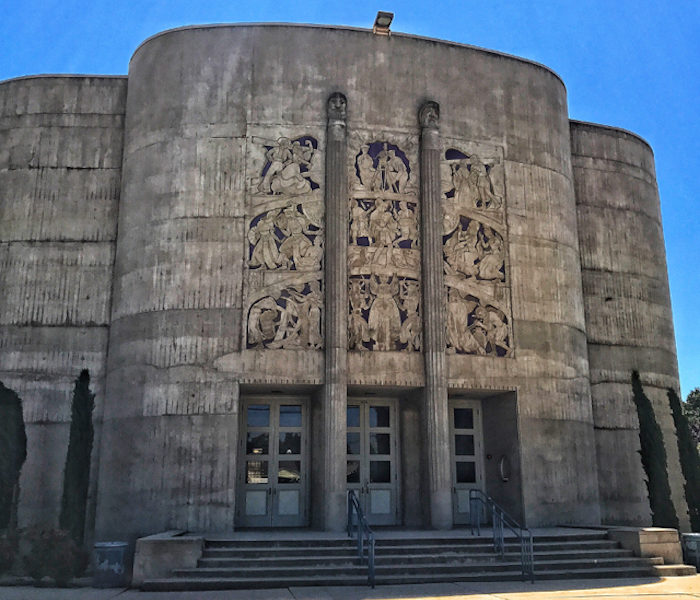When my children were young, before puberty hit and they never wanted to leave their rooms, they loved to perform on stage. Both were participants in numerous local theatrical productions in a variety of roles — puppets, elves, munchkins, pirates — and a host of other characters from beloved children’s books.
After every performance, they’d ask me, “Mom, how was the show?” I always said great. The reality was, however, that I only ever watched each of them. I had no idea how the actual show had gone, I just knew that they were fabulous. Whatever else was happening in my life, it all disappeared as I sat in my seat, enthralled by their performance.
Live theater has a way of transporting us to magical places (even without a child in the show). There’s something about sitting in a darkened theater, getting that first peek at the opening scene as the curtain rises, watching the actors strutting across the stage in a dramatic performance or singing and dancing in a musical that sparks our imagination. Albert Einstein said, “Imagination is more important than knowledge. For knowledge is limited to all we know and understand, while imagination embraces the entire world, and all there ever will be to know and understand.”
Our lives are enriched by those who bring words and feelings alive right in front of us. A good performance brings us to the edge of our seats in breathless anticipation of what might happen next. It doesn’t matter if a seat mate is squirming or kids are making a fuss four rows back, that connection with what’s happening on stage can be life-altering.
That’s the power of theater. And why it’s so important to have theaters in our communities. There is a spectacular one in King City, the Robert Stanton Theater, built in 1939. It’s named, not surprisingly, for Robert Stanton, an American architect who made quite an impact on the Central Coast region of California.
The cast-in-place reinforced concrete structure came about as a Works Progress Administration project, a program established by President Franklin Roosevelt as a way to not only employ the millions of people out of work during the Depression, but also to create an infrastructure of public works projects that would benefit future generations. Stanton also designed the Monterey County Court House during this period.
The Auditorium is a spectacular example of Art Moderne style, with elliptical rounded corners, Doric-style columns, an expansive curved stairway leading to recessed oak and glass double doors, as well as a bas-relief triptych, by artist Jo Mora, above that doors that depicts notable multi-cultural scenes of historic importance. Mora’s distinctive art is incorporated into the building’s design both inside and out. Remember to look up when you enter so you don’t miss the front two Doric columns topped with busts of Comedy and Tragedy.
The five-story, 800-plus seat auditorium has remained remarkably unchanged throughout the last 80 years. Some modifications have been made to the interior — a row of seats was removed to make room for an orchestra pit, the remaining seats were recovered due to wear and a number of safety modifications have been made.
In 1991, it was listed on the National Register of Historic Places. Stanton’s legacy isn’t just this magnificent structure, but also an endowment fund for the repair, maintenance and capital improvements of public buildings he designed. The auditorium named in his honor tops the list.
My children are grown-ups now. They’ve moved on from their aspiration to “walk the boards.” But there are thousands of other children, and adults, who bring this theater to life on a regular basis. It’s final act has yet to be written.




